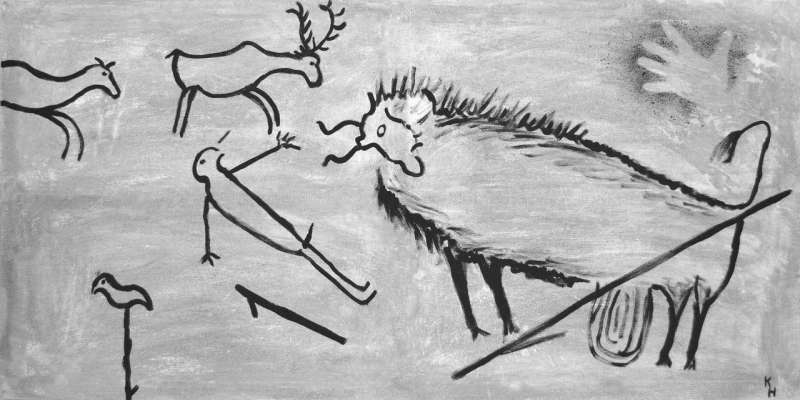April 2, 2019 report
Evidence found of Denisovans interbreeding with humans in Southeast Asia more recently than thought

An international team of researchers has found evidence of Denisovans interbreeding with modern humans in Southeast Asia more recently than thought. The group gave a presentation at this year's meeting of the American Association of Physical Anthropologists outlining a genetic study they conducted.
The Denisovans were a species or subspecies of humans that are believed to have lived in Asia and Southeast Asia. Little physical evidence of their existence has ever been found, all of it in Denisova Cave in the Altai Mountains in Siberia. But much more evidence of them exists in our genes. Like Neanderthals, the Denisovans interbred with humans. It is currently believed that as humans migrated out of Africa, they encountered and mated with Neanderthal—as they moved farther east, they encountered and mated with the Denisovans. In this new effort, the researchers report evidence suggesting Denisovans mated with humans possibly as recently as 15,000 years ago, in Papua New Guinea.
The researchers collected tissue samples from 161 people (representing 14 groups) in Indonesia and Papua New Guinea and sequenced their DNA. They report that in the samples from people in New Guinea, they found evidence of Denisovan DNA from populations that were different from those living in the cave in Siberia. They describe them as D1 and D2 (the population in Siberia is described as D0). They report further that D1 and D2 were so distantly related to D0 that they had to have diverged at least 283,000 years ago. They also found that D2 was so distant that it likely split off approximately 363,000 years ago. The researchers suggest such distant divergence makes D1 and D2 as different from D0 as they were from Neanderthals. They also suggest that D2 might even have to be reclassified to give the group its own name. And finally, they reported that they had found evidence of Denisovans interbreeding with modern humans between 30,000 and 15,000 years ago.
Interestingly, Bence Viola, with the University of Toronto, announced at the same conference that two pieces of a braincase found in Denisova Cave back in 2016 had been identified as having come from a Denisovan—the first skull fragment to have been identified as Denisovan.
© 2019 Science X Network





















